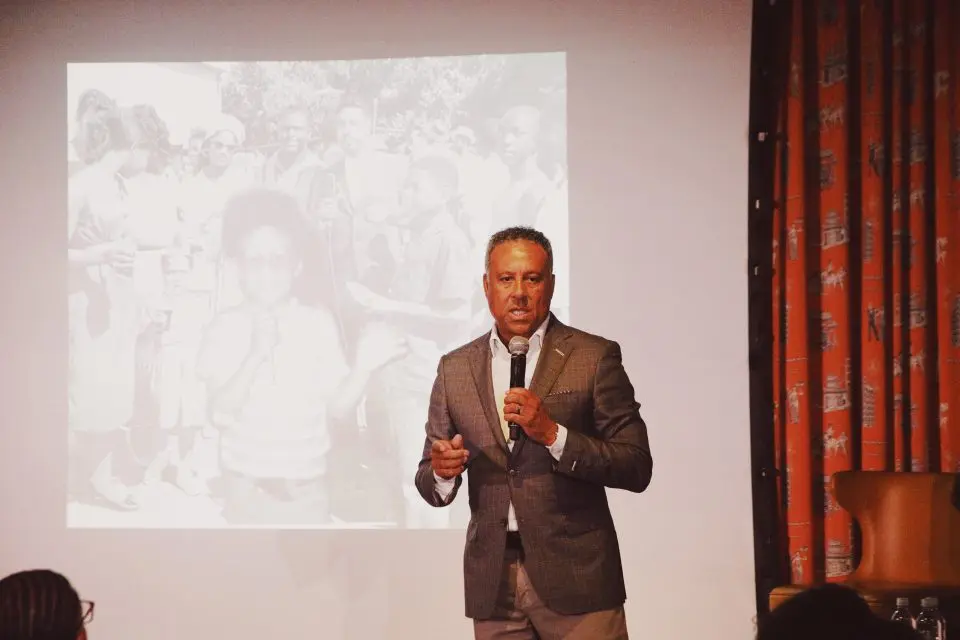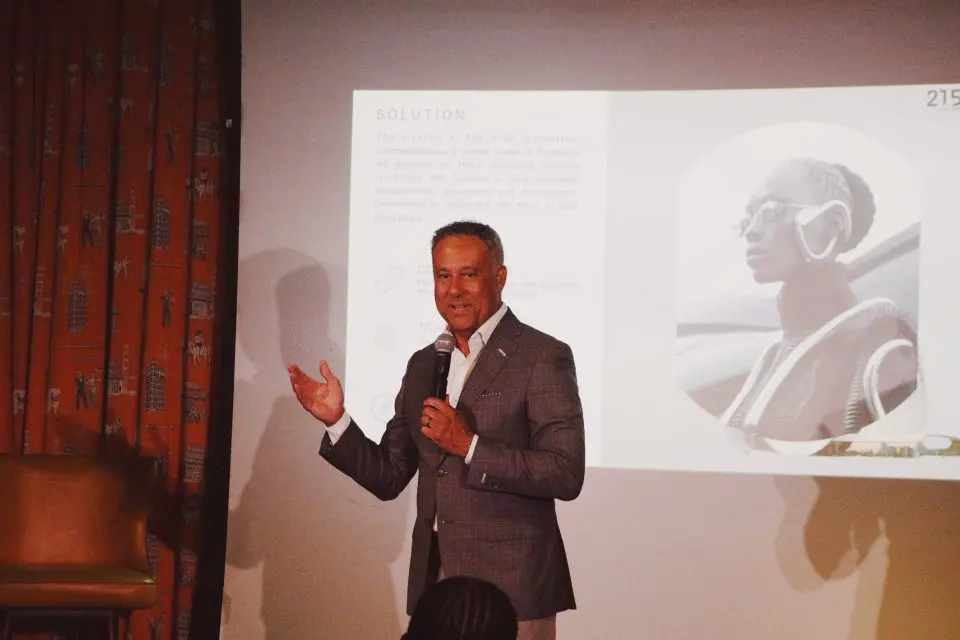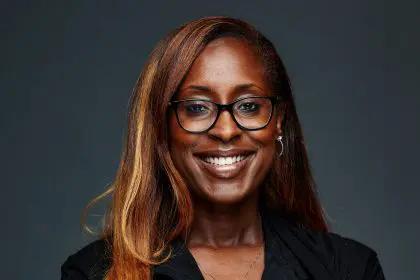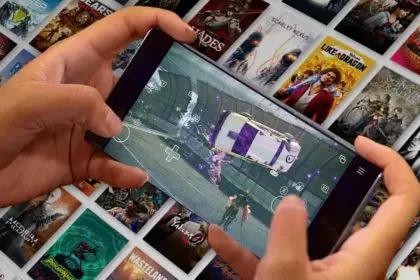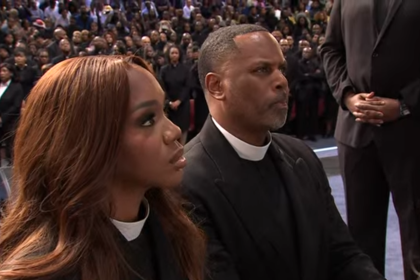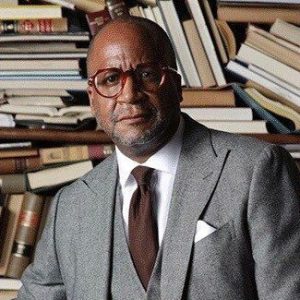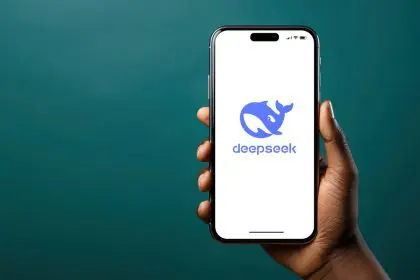Chuck Faush, a dynamic leader known for his unwavering commitment to community, innovation, and empowerment, has always championed the intersection of purpose and prosperity. His vision extends far beyond traditional business models, focusing on driving success through equity and opportunity. As a strategic advisor, media entrepreneur, and community advocate, Faush has long leveraged his influence to uplift underserved communities, particularly through Historically Black Colleges and Universities (HBCUs). His latest endeavor, the 2150 Project, is set to reshape the landscape of Black entrepreneurship by addressing systemic funding gaps and unleashing untapped talent within HBCUs. In Faush’s words, the mission is clear: to cultivate disruptors, innovators, and game-changers who will lead the future of business while creating wealth and equity for HBCUs and their surrounding communities.
Recently, Chuck Faush sat down with rolling Out to discuss the 2150 Project, its goals, and how it’s set to revolutionize opportunities for underrepresented entrepreneurs and HBCUs alike. Here’s what he had to say:
Describe your vision for 2150 project.
The vision for the 2150 center for innovation, commercialization, and growth is to support innovators, disruptors game, changers in launching and growing successful companies to create revenue for HBCU from research to product. The plan is simple and that is to give resources to underrepresented and underfunded entrepreneurs to build highly successful companies, higher black talent, while impacting local and global communities. Right now, Black startups receive less than 2% of all US venture capital funding. As we speak, two predominantly white institutions, the university of California system and Stanford University OUT number the number of Patton at HBCU combined. Our vision is not only to change the dynamic and the paradigm.
How can founders and funders collaborate with the 2150 project?
There are three engagements for founders and funders and they include our incubator, accelerator and collaborator Programming. at the idea stage founders are immersed into one or two cohorts. The first is an in class and on-demand curriculum primarily designed for students. The other is a curriculum in the evening design for those who want to move from being employed to being employers. Each cohort has its own personality and we’ve teamed up with successful entrepreneurs who have designed platforms that are proven to move from ideation to validation. This is important because it not only gives the founder a true picture of the time and resource necessary to be successful but it also gives funders an early look at the idea and the talent behind the idea. The accelerator an advanced curriculum designed for companies with less than $1 million a year in revenue and 12 employees. These companies are position to scale and need either expertise or resource.s. Again, funders have an opportunity to participate and not only the early round with the validation of the product or the service. Fortunately, 90% of the curriculum and the cohort engagement is virtual, so it gives an opportunity for founders and funders from across the world to engage.
Why are HBCUs often overlooked despite their tech, talent, and culture potential
As I mentioned earlier, tech, talent and culture lives at HBCU and the same challenge that exist in hiring HBCU students last or rather not giving them a look at all, also exist in funders not recognizing or not knowing to see HBCU as fertile ground for ideas and talent .
How does the 2150 project help bridge the economic gap for Black-owned businesses?
When you consider the data and the need there is an intersection of prosperity and purpose and thats where we live. There is more than $1.5T gap with Black-owned vs non-Black-owned businesses across the US economy so we are giving opportunity and removing barriers. Let me be specific opportunities to learn to see who they can be to practice our valuable tools. They give opportunity to founders early on in the process, combining curriculum and experience where uniquely positioned to also offer programs and certificate programs to equip founders with best in class tools. And by providing a suite of free services like legal, accounting, marketing, validation, research, student, and professor power, founders are positioned to be investable. Further, we have funding relationships that have the capabilities to see and scale companies.
How would you describe the tradition thought leadership found at HBCU?
Both of my parents attended historically, black colleges, and universities, and so there was little doubt that I would too . I suppose, depending on which optic you have. I experience the best of both worlds by attending Alabama A&M University, and feeling like I was a part of a big family that if I did right, I was celebrated and the times that I messed up my mama and my grandmama got a phone call to straighten me up. But when my mother became terminally ill, I return home and attended and finished up at the University of Alabama at Birmingham. I believe I found my place so much so that I became president of the SGA and a leader on campus. I’m telling the story because the lessons I learned in and out of the classroom at A&M prepared me for the university of Alabama and the real world. The traditional thought leadership at HBCU are no different than what some might say is in the traditional black family and black church where you receive encouragement and support. The numbers are there to prove that the culture, the encouragement and the support result in nearly 25% of all African-American graduates are in the STEM fields even though HBCU make up only 3% of America’s institutions of higher learning.
What is the possibilities for AI and the 2150 project ?
I’m really excited about AI and our early relationship with Lattimer.AI and John Pasmore. I think John is a brilliant entrepreneur and an example of the kind of founder we want to produce 2150 Innovation Center. MILES COLLEGE was the first to adopt Lattimer and to frame student and professor engagement to complement and support not only curriculum future workforce opportunities.. We would like to see and believe Jon has the ability to not only solve the bias challenge but you also open mines to learn what they never knew existed and quite frankly can’t get anywhere else. We have launched a minor in AI and also developed certificate programs in information technology that are going to lead to employed individuals a smarter community.
What advice would you give to graduates about turning their vision into reality?
There’s a book that I read every day and in it instructions were given to write the vision make it plain so that a runner may take it. And I believe the challenges that existed then exist now and that we are often so distracted that we lose focus and we make it so complicated no one can understand it but us. my suggestion to founders is to pay attention every person every moment every opportunity because there is something you can learn in your success is failures. Visions are shaped and materialize when we done our homework starting with seeing the end before we begin. If the vision is made plain, meaning if the problem is solved by your idea, your product, your service then runners i.e. founders don’t have to be convinced they simply just have to be engaged and educated to invest and scale.
How do HBCUs collaborate with companies and institutions to solve complex problems?
I mentioned the incubator and accelerator earlier let me speak on being a collaborator. It’s not a new idea and they are like Arizona State University and Notre Dame who are doing it well we want to do it with HBCU and that is solvers through corporate innovation labs.. Give us your best and brightest upcoming talent with your hardest problem and we will be a matchmaker of research and validation. We are currently working with a global company on a supply chain challenge while at the same time testing and validating on a local level with a high school class.. it’s a fascinating exercise because we are unbiased and untethered. These students are not phased with who gets the credit or who’s ticked off.. They simply are about success. We are partnering with companies who want to use bright minds to solve problems without the pressure of stakeholder explanations in early development phases. We are also excited about tech transfer and commercializing research. We are going to be a leader in building consortiums. A real example is Dr Nikaela Flournoy, an assistant professor at Miles who was awarded a prestigious National Science Foundation grant to solve a problem and shes engaging students to help her. Their work is at an early stage and well positioned to design products to meet the problem where it exists and when the research is combined and supported by other HBCUs and the right product is developed and deployed, everyone wins. This is how we create equity, new revenue, and empower HBCU to be economic engines and their respective communities sharing the talent and sharing the wealth.
Why is curiosity and imagination important when applying technological concepts ?
If necessity is the mother of all inventions, then curiosity must be the father. It’s critical that our imagination of technology continue to be inextricably linked. Because it allows us to not only speculate on the future, but re-experience the past. Whether it is the back of a napkin, a whiteboard or notes written on your hand, imagination allows us to conceptualize while technology exercises.. i’d like to add another word to the equation and that is inspiration because of a founder is not inspired. They won’t be able to survive either of those two valleys of death that is have an idea, but I don’t have the resources or the other side, I have the resources, but someone beat me to it. And either case imagination and technology must be supported by inspiration..
How will the 2150 project’s partnerships help launch and scale successful businesses?
We are launching our first three cohorts simultaneously this fall for students, business owners to be a business owners who are well positioned. I believe our advantage is a combination of the curriculum and the facilitators who are successful entrepreneurs and have engineered every phase of the start up. I’m particularly excited about our partnership with Harmony Venture Labs.and Founder Shegun Otulana who recently sold his company for $1.3 billion and now teaching and investing. Again, this will give our students and early stage founders. I’ll see who you can be mentor and practitioner.. Corporations can become subject matter experts and participate in our corporate labs and foundations can support our work specifically by industry or by outcome. When we help launch and scale successful businesses, we are not only contributing to GDP, but we are growing families and communities.


